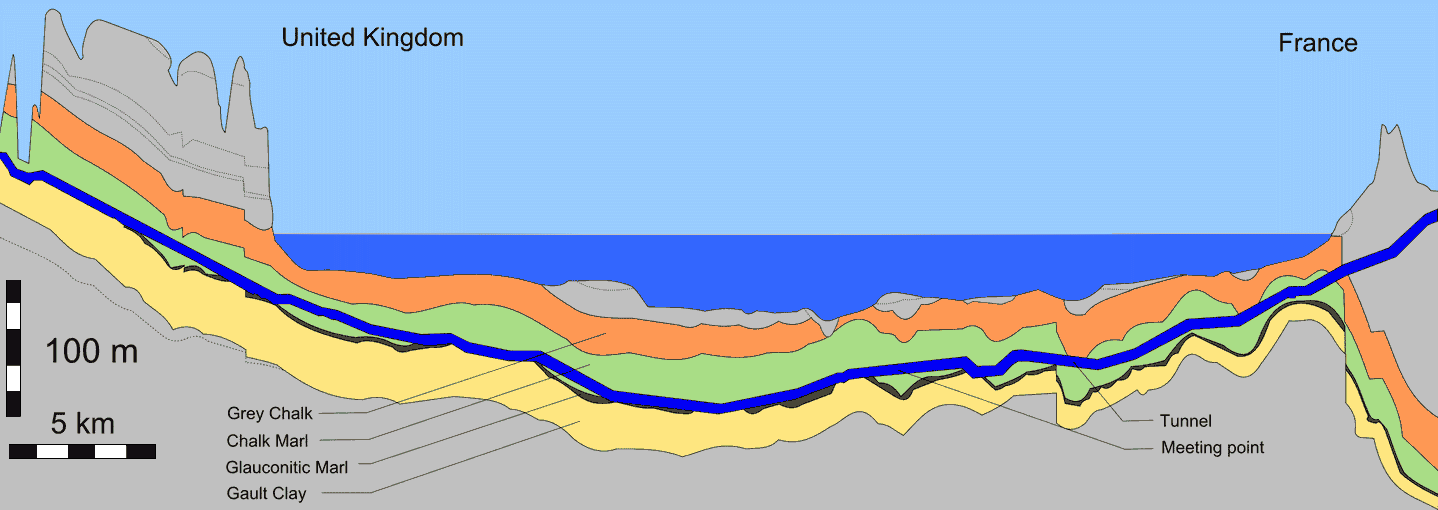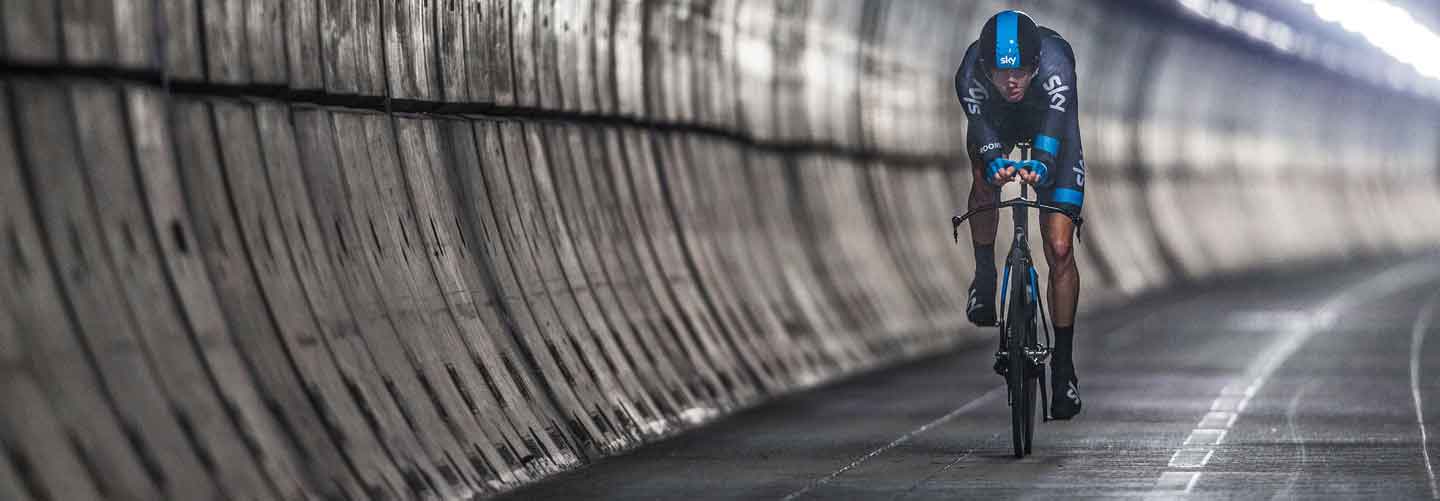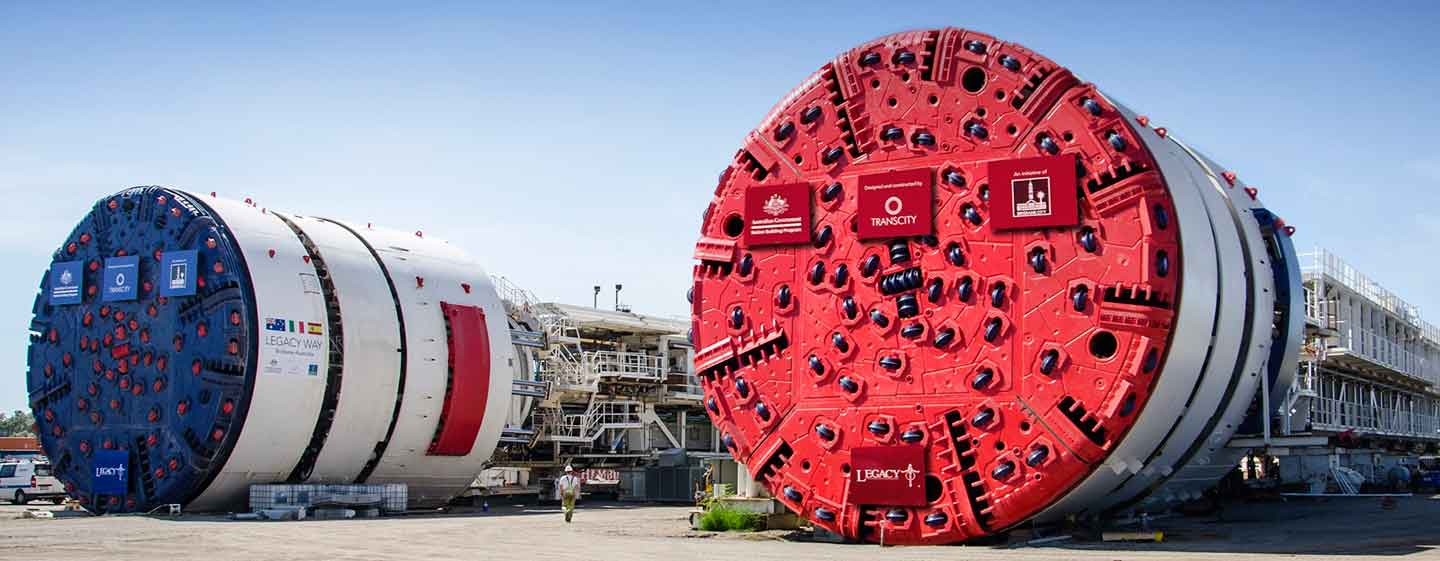 Geological
profile along the tunnel as constructed. For most of its length the tunnel bores through a chalk marl
stratum (layer)
Geological
profile along the tunnel as constructed. For most of its length the tunnel bores through a chalk marl
stratum (layer)Started in 1987 and completed in 1994, the Euro Tunnel, which is also called the Channel Tunnel, or more popularly, the Chunnel, is one of the most challenging civil engineering projects of the 20th century. The tunnel linking Folkestone, Kent, in the United Kingdom, with Coquelles, near Calais in northern France.

Some Facts
The geological profile and topography of the tunnel area around was studied to determine the most
suitable rock layers, and also to ensure that no major geological hazard existed along the tunnel path.
The studies revealed the characteristics of the rocks and the precise location of the fault zones in
the region. Geological samples established that the mining conditions were perfect for the project.
The top and middle layers were unsuitable for digging due to the high levels of porosity, through which
water could easily penetrate.
 Geological
profile along the tunnel as constructed. For most of its length the tunnel bores through a chalk marl
stratum (layer)
Geological
profile along the tunnel as constructed. For most of its length the tunnel bores through a chalk marl
stratum (layer)Furthermore, the upper layers contained sand and gravel that made drilling difficult. Underneath
these layers was the layer of chalk composed mostly of clay. The clay functioned as an obstruction
through which water could not cross. The detailed survey allowed for a suitable selection of equipment,
techniques for excavation, ground assistance, and the reduction of unforeseen risks.
To further minimize these risks, the vertical and horizontal alignments were optimized to make the
best use of the water and ground conditions.
Eleven giant boring machines were used to shift tonnes of rock and soil, at the rate of 250 feet
a day. Some of the machines were built especially for the job, with a combination of extremely high
pressure water jets and rotating disc cutters used to burrow through the land beneath the Channel.
The cutters of the tunnel boring machines that are fixed at the front side of the machine have tungsten
teeth.
The spoil from tunnelling was used to create a 73 acre hoe on Britain's coast, on the French side their
spoil was piled up into a new hill.
On December 1 1990 a Frenchman and an Englishman shook hands in front of the World's media, through
a hole connecting the two tunnel ends.
 Example
of Boring Machines
Example
of Boring MachinesSince the Channel was the first of its sort in the transport industry, it required a detailed study to achieve essential safety requirements. A detailed qualitative and a quantitative analysis, involving experts from all fields, were carried out regarding the complete project.
The studies involved tests on fire detection equipment, smoke control, evacuation procedures, and several other systems involved in the venture. Multiple communication systems were installed for contact between the railway control center and the trains, and between the passengers and the shuttle crew. All the systems were thoroughly integrated, and checked for effectiveness. Communications are an important safety characteristic when operating under such unique conditions.
In 1996, one train going towards France caught fire and the accident inflicted heavy damage to the services of the tunnel. About 500 meters of the track had to be replaced. In 2008, another fire accident occurred, costing 60 million pounds to repair the tunnel. It remained closed for quite some time and safety features of the tunnel were criticized by people all over the world. These two accidents forced the authorities on both sides to improve their safety arrangements.
The Chunnel incorporates advanced safety features, including..
Reference(s) .. www.eurotunnel.com
Submenu |
Submenu |
Submenu |
| safety | documents | materials |
| societies | pipes | flanges |
| fittings | valves | equipment |
| bolts | gaskets | fabrication |
| welding | N D T | specials |
| steel | steam | civil |
| dimensions | others |